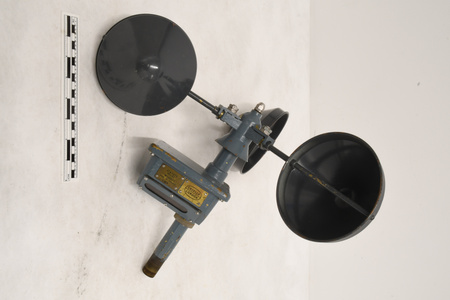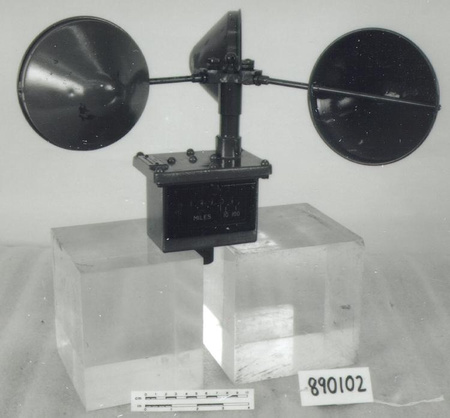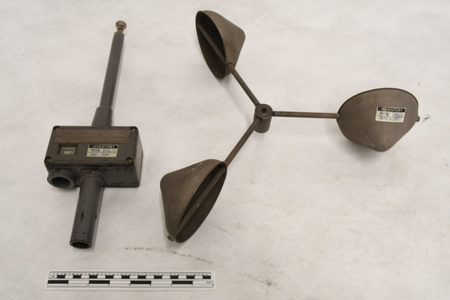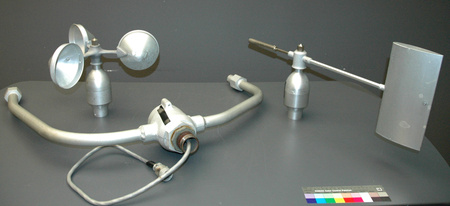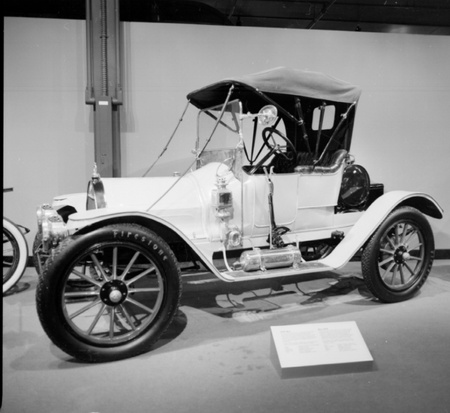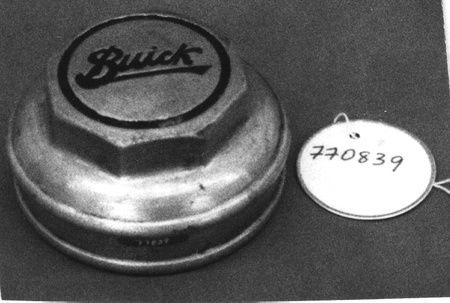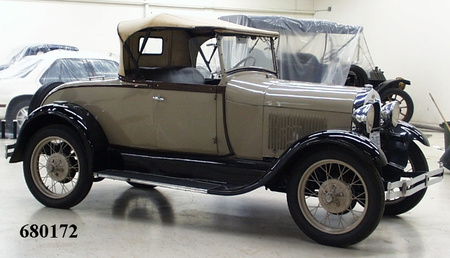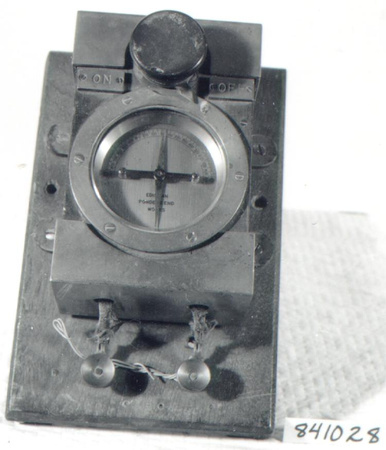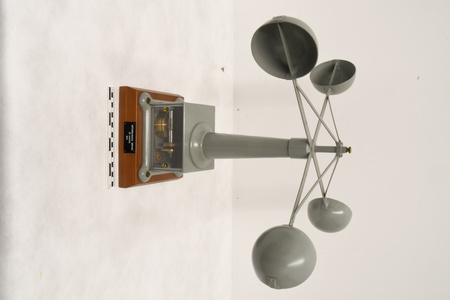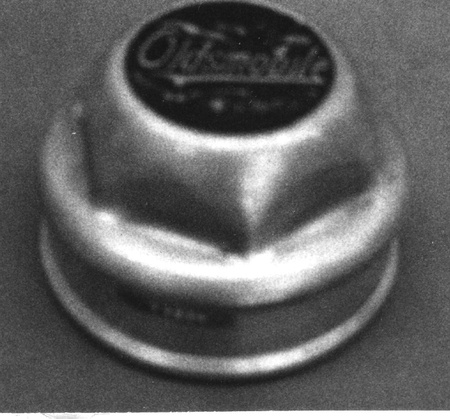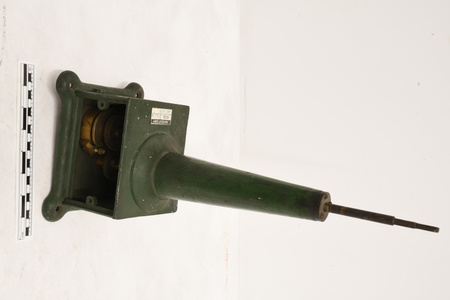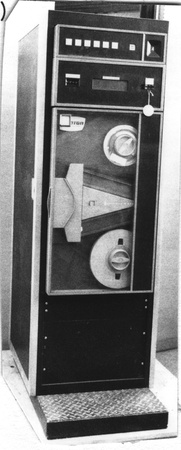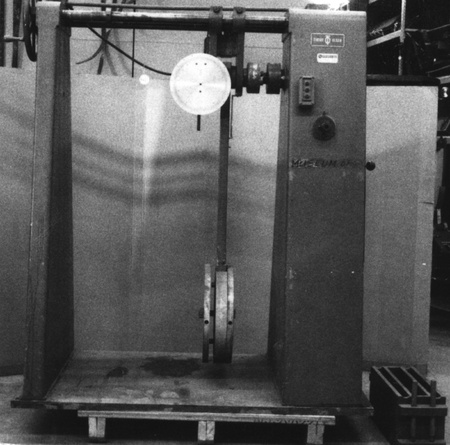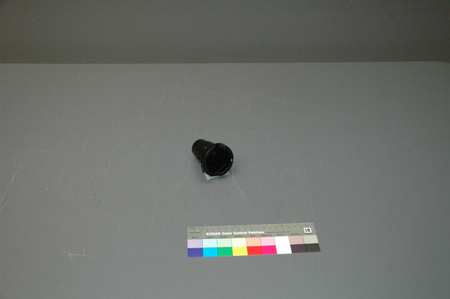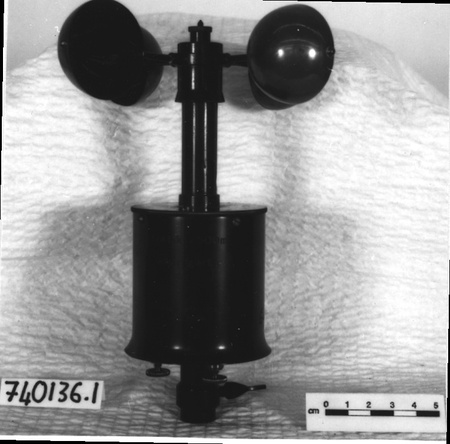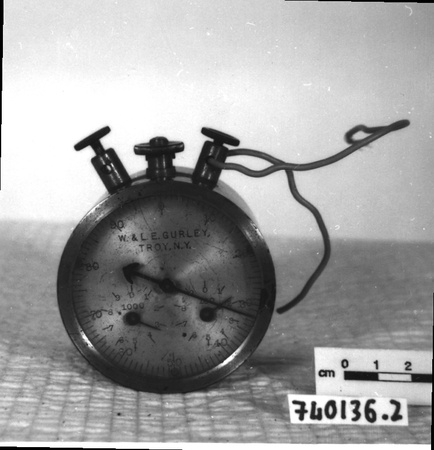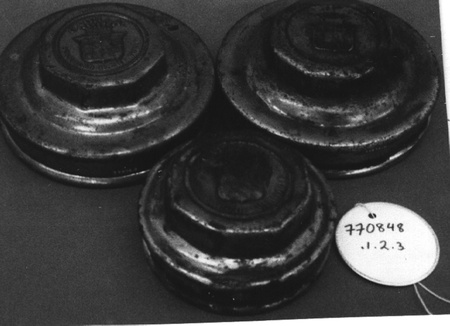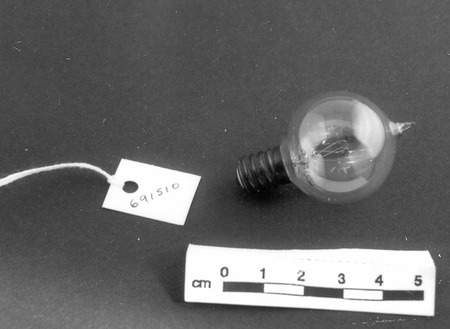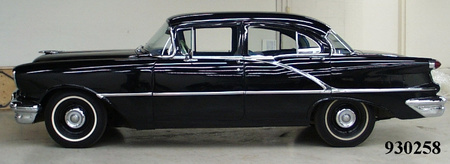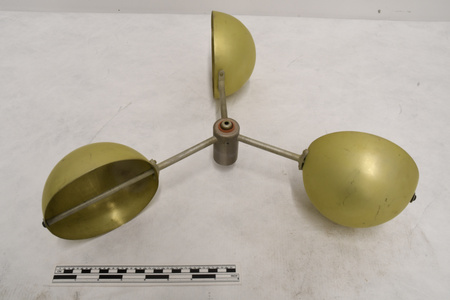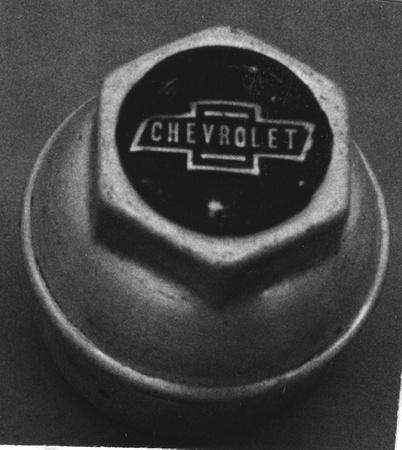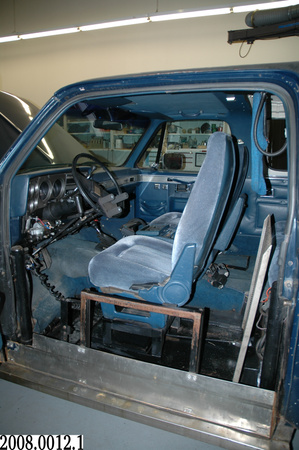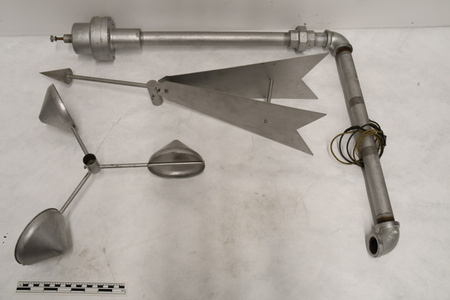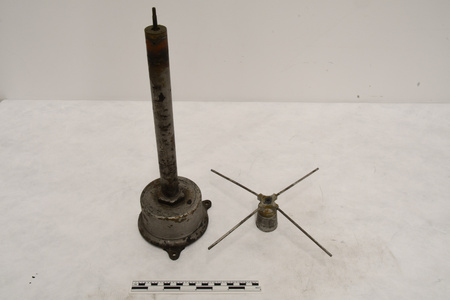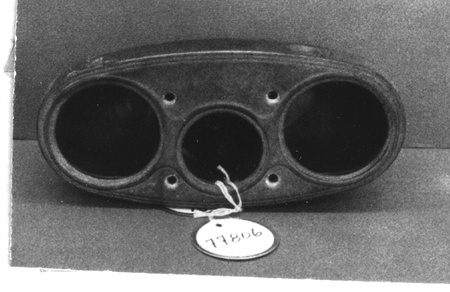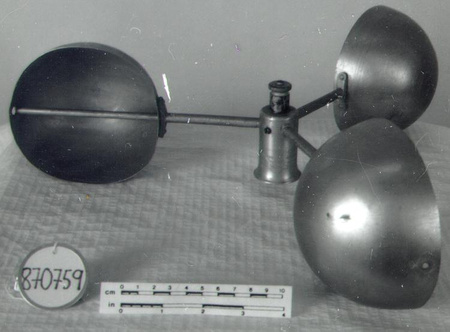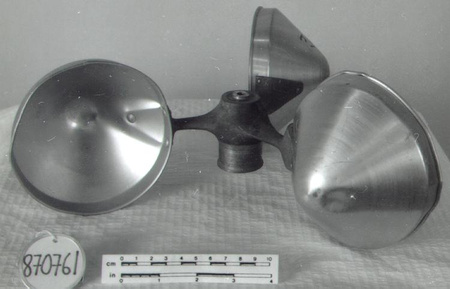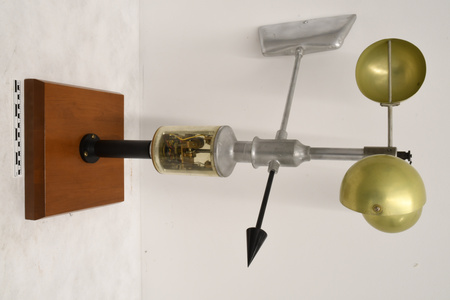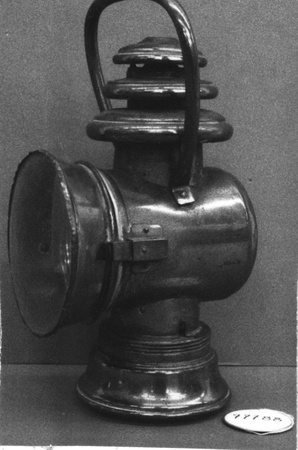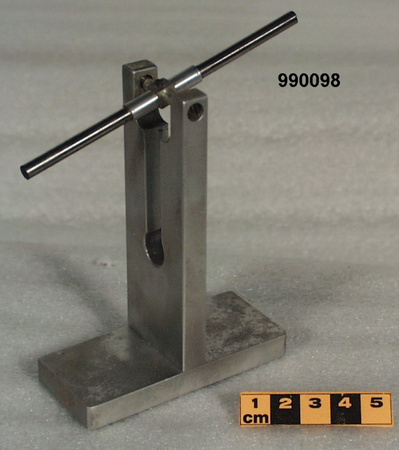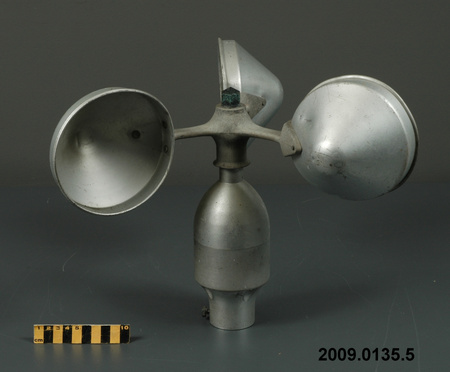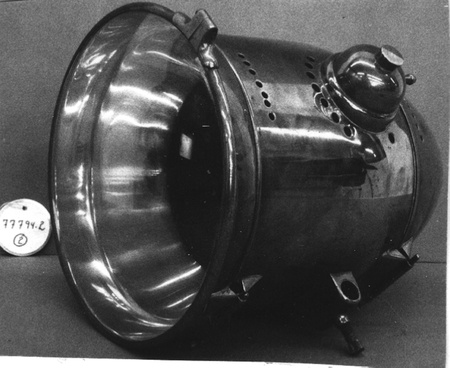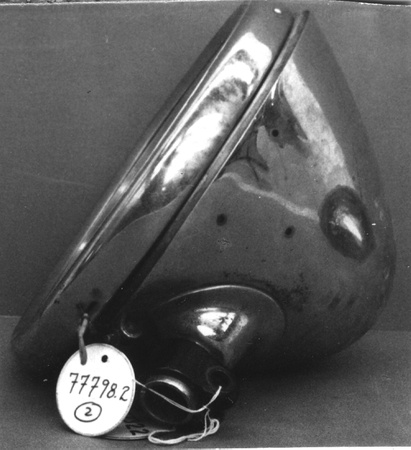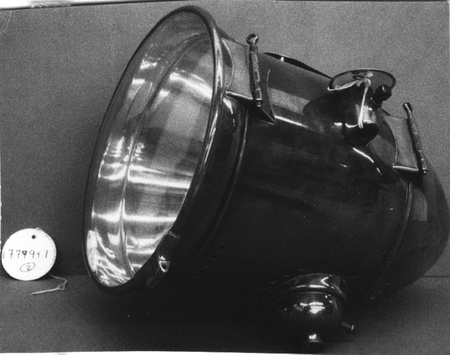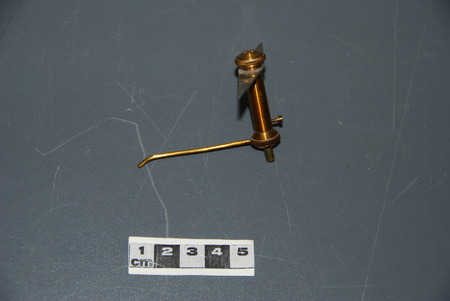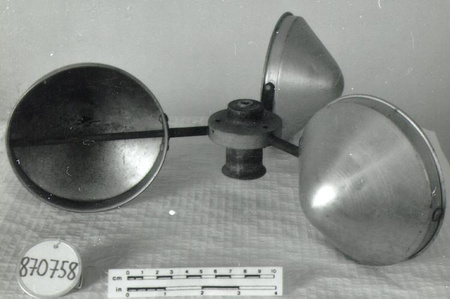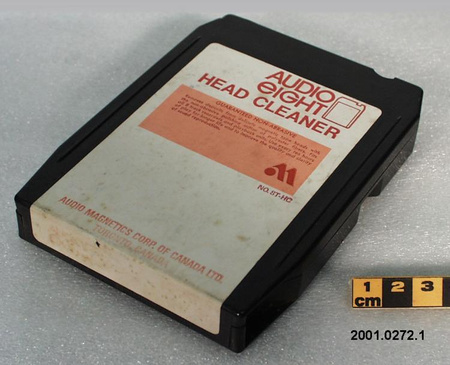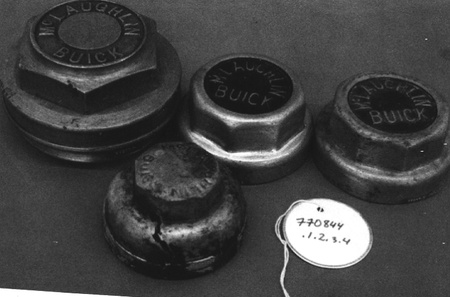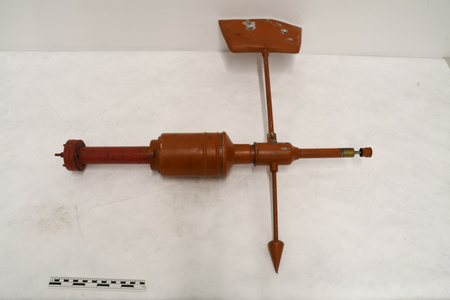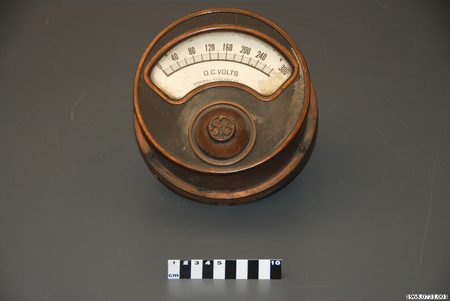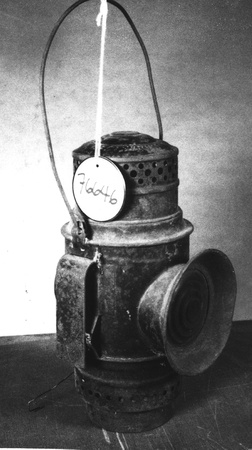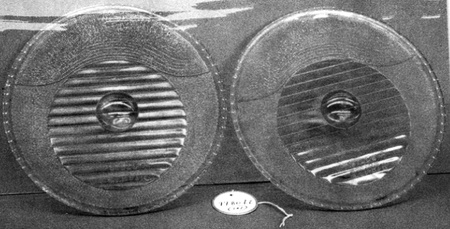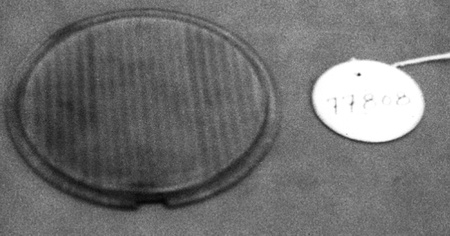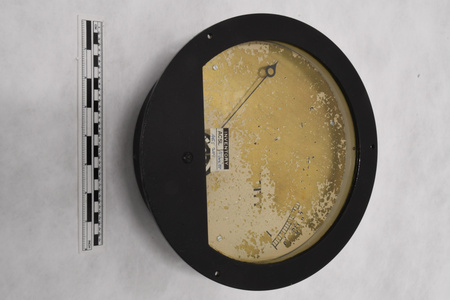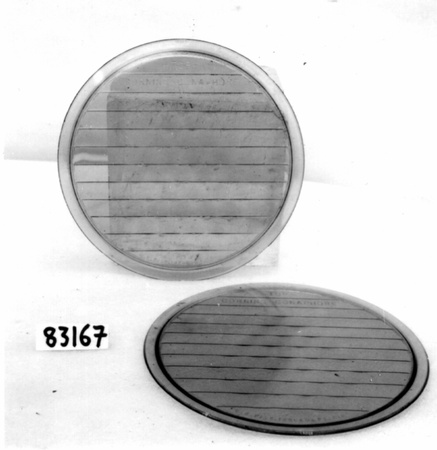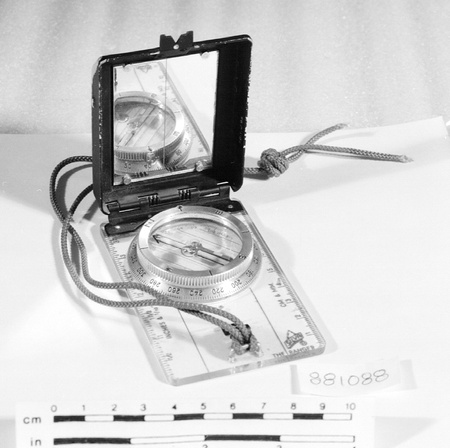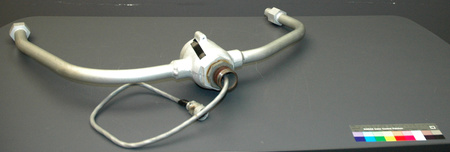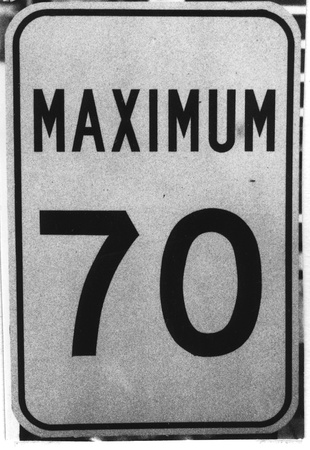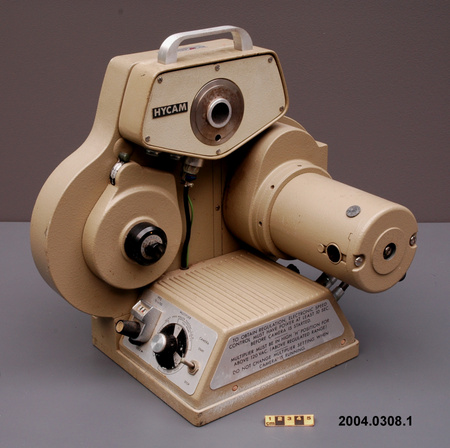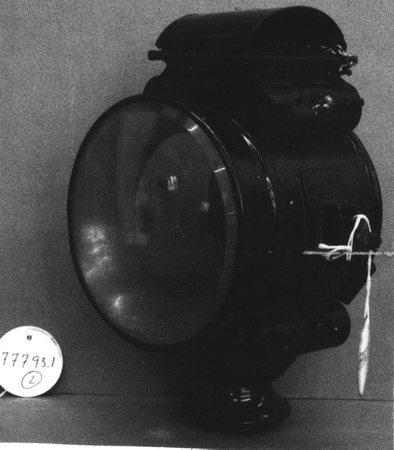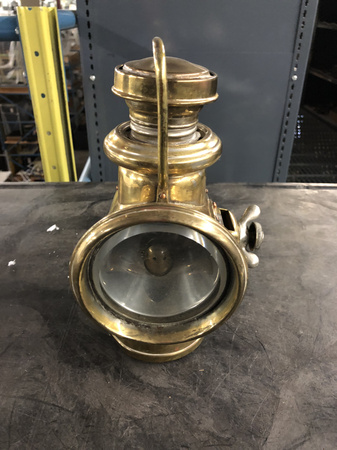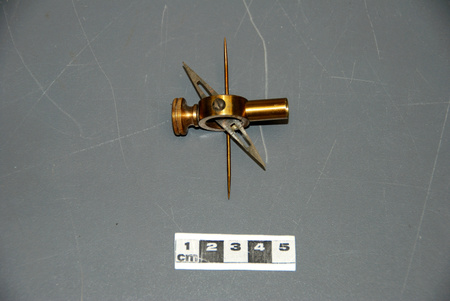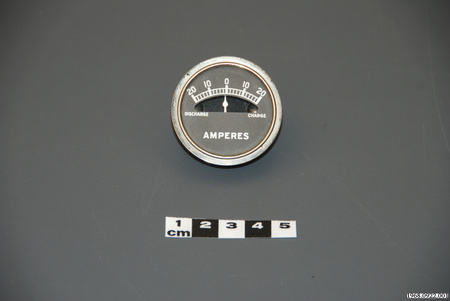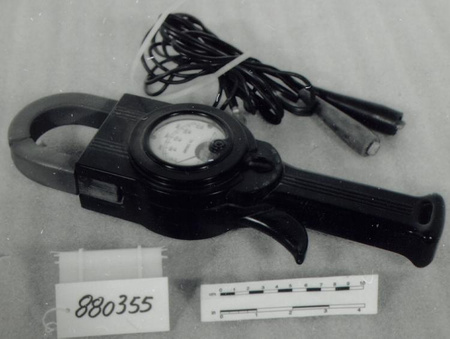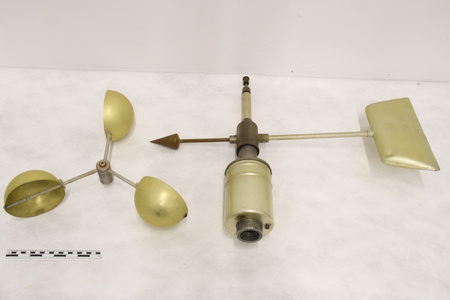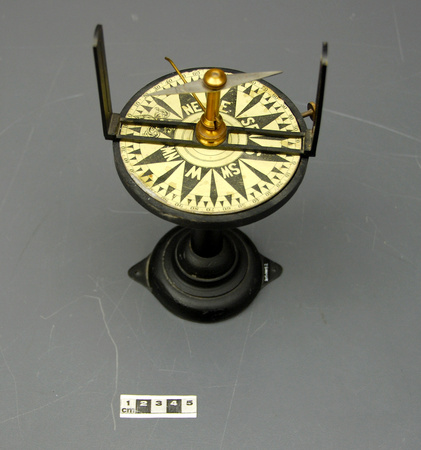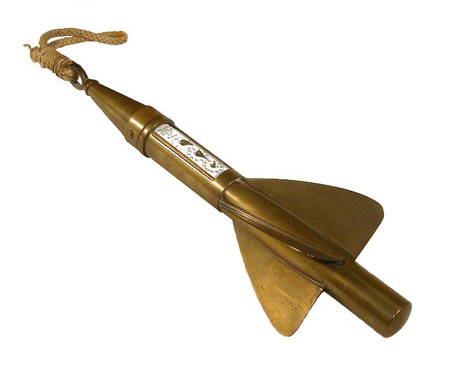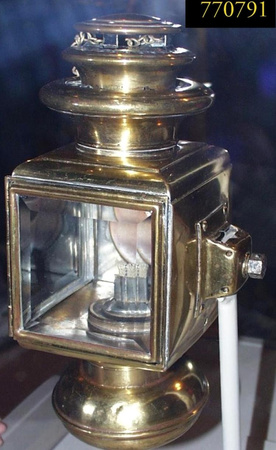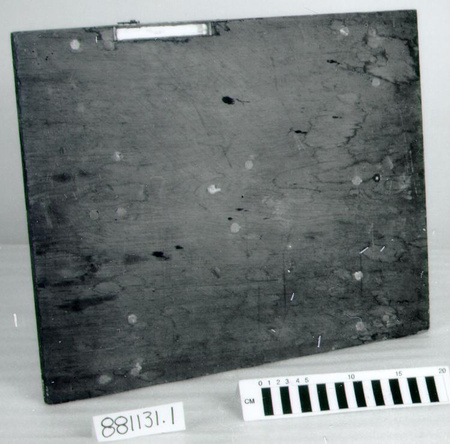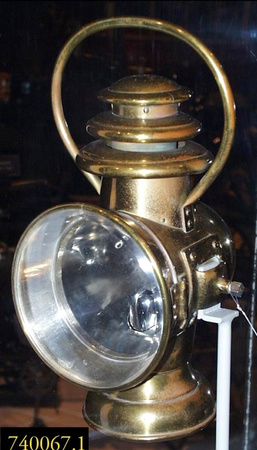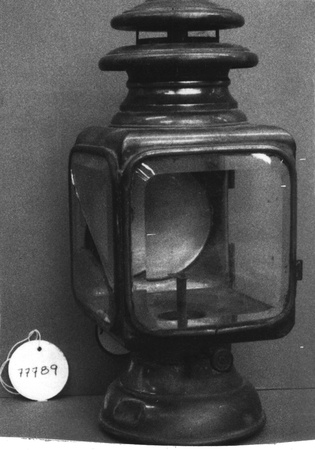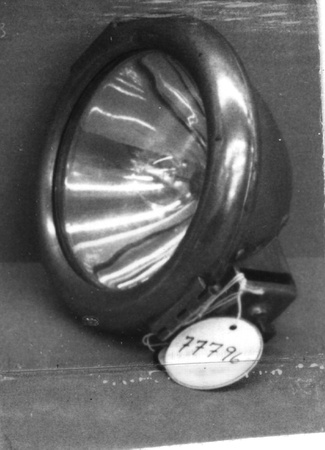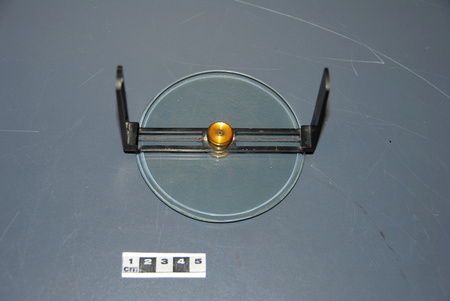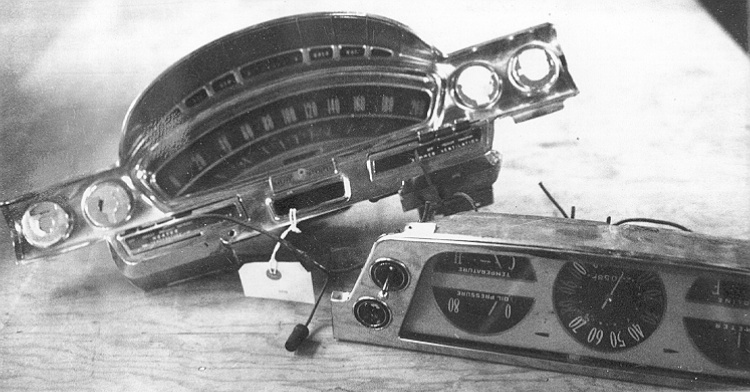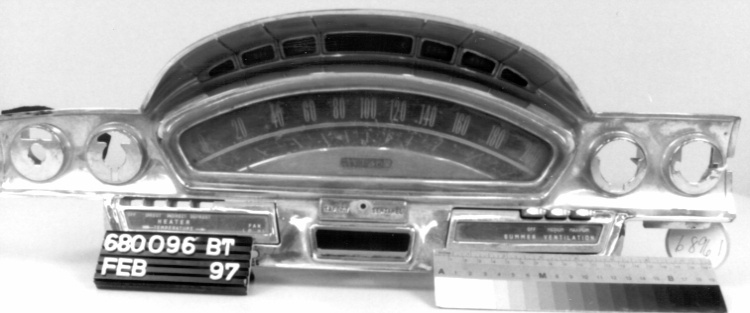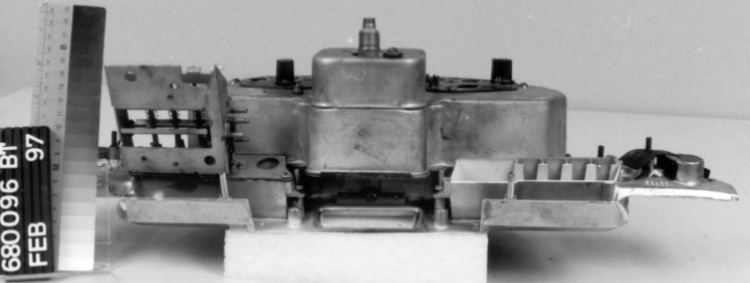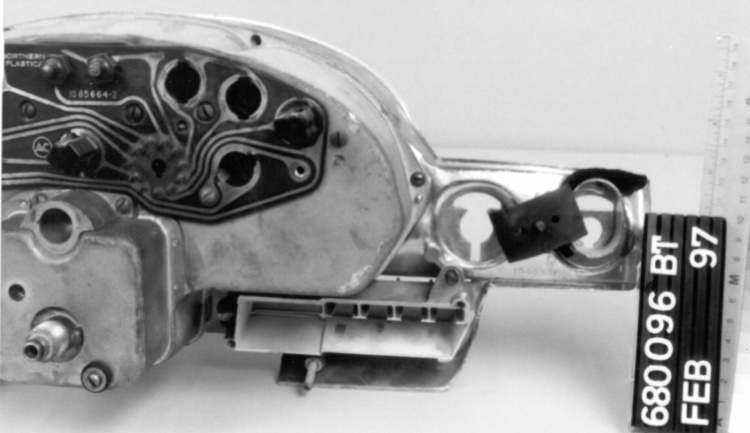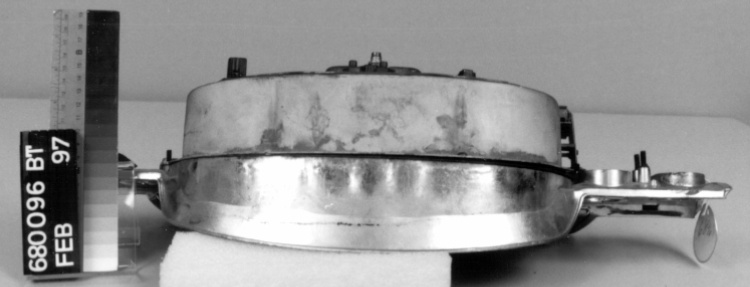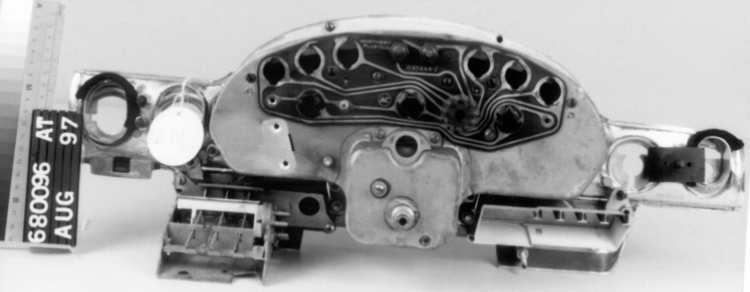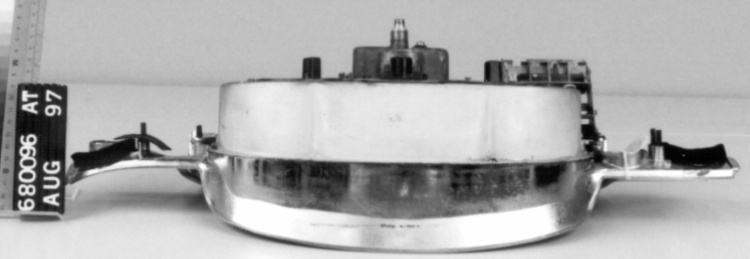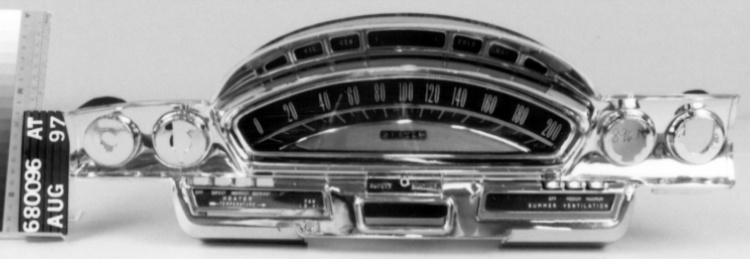Speedometer
Use this image
Can I reuse this image without permission? Yes
Object images on the Ingenium Collection’s portal have the following Creative Commons license:
Copyright Ingenium / CC BY-NC-ND (Attribution-NonCommercial 4.0 International (CC BY-NC 4.0)
ATTRIBUTE THIS IMAGE
Ingenium,
1968.0096.001
Permalink:
Ingenium is releasing this image under the Creative Commons licensing framework, and encourages downloading and reuse for non-commercial purposes. Please acknowledge Ingenium and cite the artifact number.
DOWNLOAD IMAGEPURCHASE THIS IMAGE
This image is free for non-commercial use.
For commercial use, please consult our Reproduction Fees and contact us to purchase the image.
- OBJECT TYPE
- N/A
- DATE
- 1958
- ARTIFACT NUMBER
- 1968.0096.001
- MANUFACTURER
- OLDSMOBILE
- MODEL
- OLDSMOBILE
- LOCATION
- Unknown
More Information
General Information
- Serial #
- N/A
- Part Number
- 1
- Total Parts
- 2
- AKA
- N/A
- Patents
- N/A
- General Description
- Unknown
Dimensions
Note: These reflect the general size for storage and are not necessarily representative of the object's true dimensions.
- Length
- N/A
- Width
- N/A
- Height
- N/A
- Thickness
- N/A
- Weight
- N/A
- Diameter
- N/A
- Volume
- N/A
Lexicon
- Group
- Motorized Ground Transportation
- Category
- Automotive parts
- Sub-Category
- N/A
Manufacturer
- AKA
- OLDSMOBILE
- Country
- Unknown
- State/Province
- Unknown
- City
- Unknown
Context
- Country
- Unknown
- State/Province
- Unknown
- Period
- Unknown
- Canada
-
Unknown - Function
-
A device that indicates the speed an automobile is traveling in miles per hour, kilometers per hour, or both (Harris, "How Speedometers Work"). - Technical
-
In 1902, Otto Schulze filed the first patent for the mechanical speedometer, also known as eddy-current speedometer. At the turn of the 20th century, automobiles became more popular and faster, resulting in more accidents. Mechanical speedometers became an essential dashboard instrument to enforce early speed limits and to prevent accidents because they allowed motorists to see and adjust how fast they were traveling. Speedometers are a standard feature in contemporary vehicles and the first electrical speedometer emerged in 1993 (Harris, "How Speedometers Work"). A mechanical speedometer measures speed using a drive cable; one end is attached to gears in the automobile's transmission, while the other end is attached to a permanent magnet, which rests inside a speedcup within the speedometer assembly. The speedcup is attached to the needle, which is held in place by a hairspring; the needle is visible in the cockpit along with the face of the speedometer, which displays a range of numbers from zero to an upper limit that can vary by make and model (Harris, "How Speedometers Work"). As the automobile moves, the magnet spins at a rate consistent to the speed of the vehicle, rotating the drive cable. A rotating magnetic field is created as the magnet spins and these forces affect the speedcup, causing an electrical current to flow into the cup in small rotating eddies, called eddy currents. A drag torque is created from the eddy currents that affect the speedcup. Since the cup and the needle are attached, they turn in the same direction as the magnetic field but only as far as the hairspring will allow. The force created by the revolving magnet is balanced by the opposing force of the hairspring, allowing the needle to rest on the face of the speedometer to indicate the current speed of the vehicle (Harris, "How Speedometers Work"). - Area Notes
-
Unknown
Details
- Markings
- Numbers on face of speedometer start from 0 – 200 and increases in increments of 10; text on the back of the frame: “Made in U.S.A.” (Supp.Info)
- Missing
- 4 buttons on the back of heater on the right side; missing screws on the top right and left sides (Supp. Info.
- Finish
- Unknown
- Decoration
- N/A
CITE THIS OBJECT
If you choose to share our information about this collection object, please cite:
OLDSMOBILE, Speedometer, 1958, Artifact no. 1968.0096, Ingenium – Canada’s Museums of Science and Innovation, http://collection.ingenium.ca/en/id/1968.0096.001/
FEEDBACK
Submit a question or comment about this artifact.
More Like This


